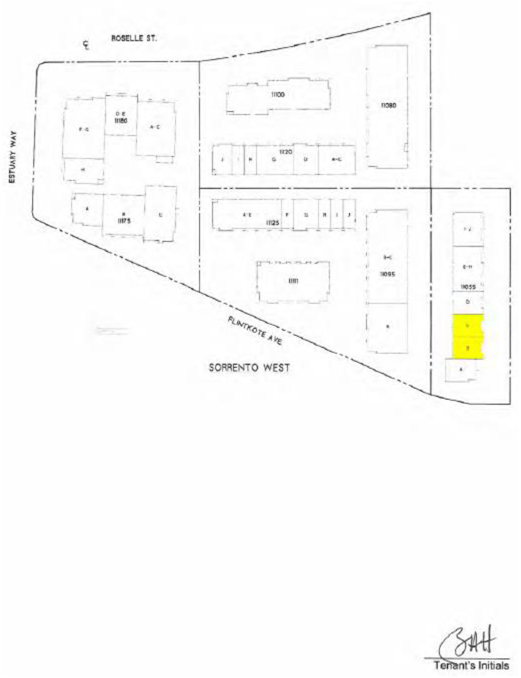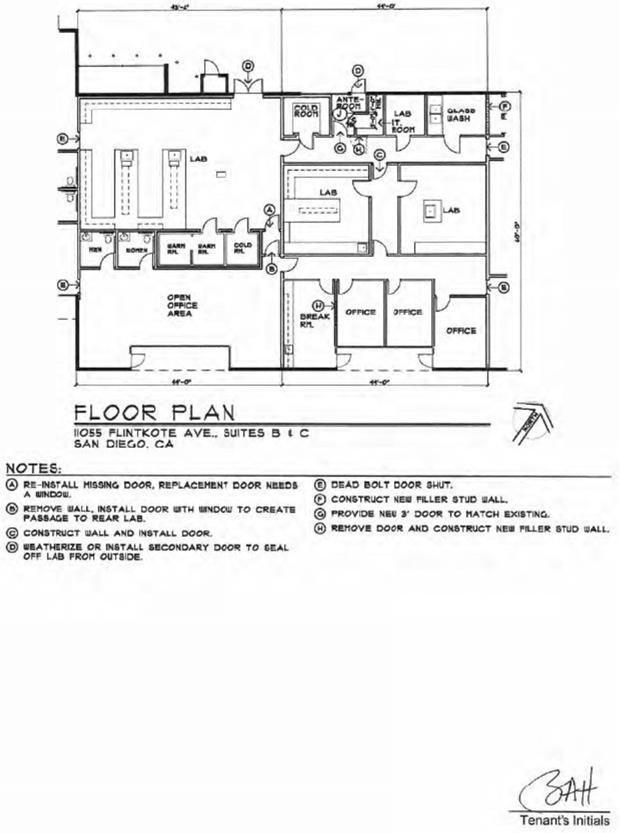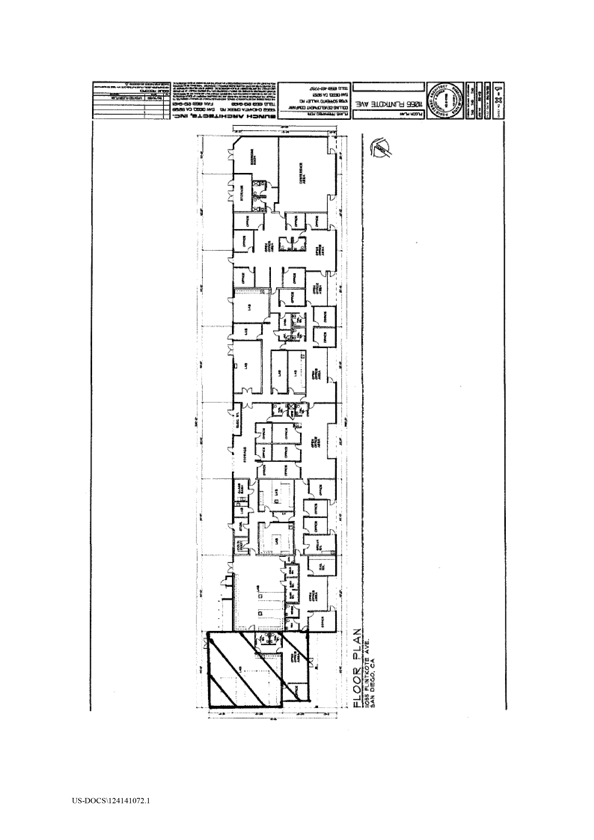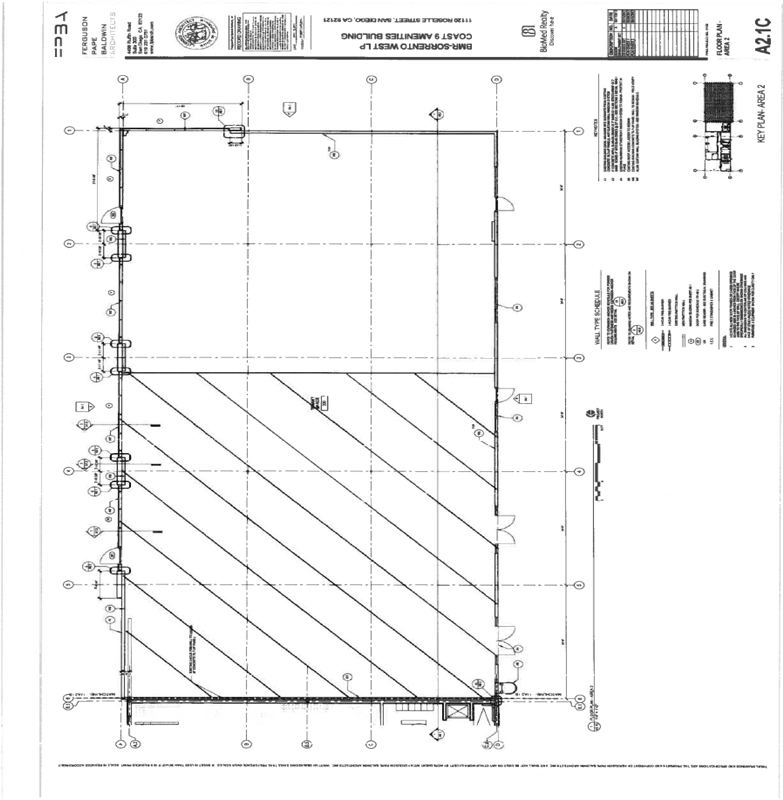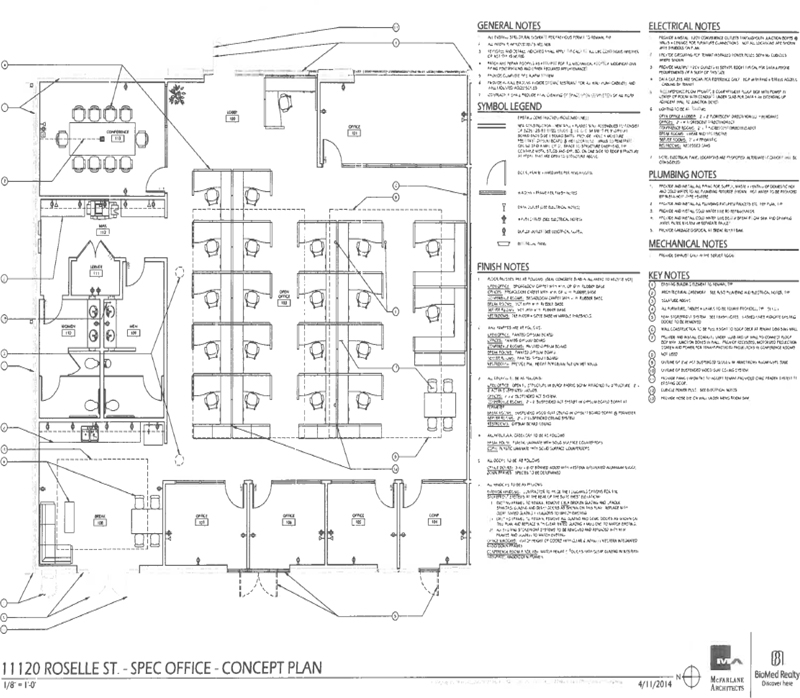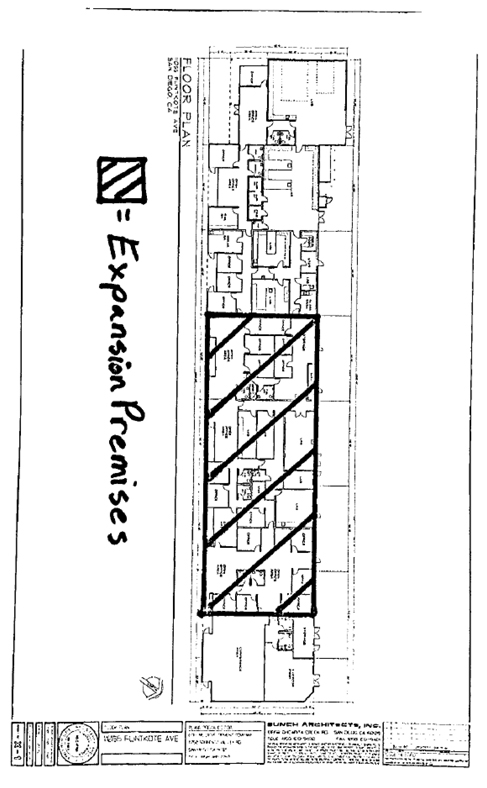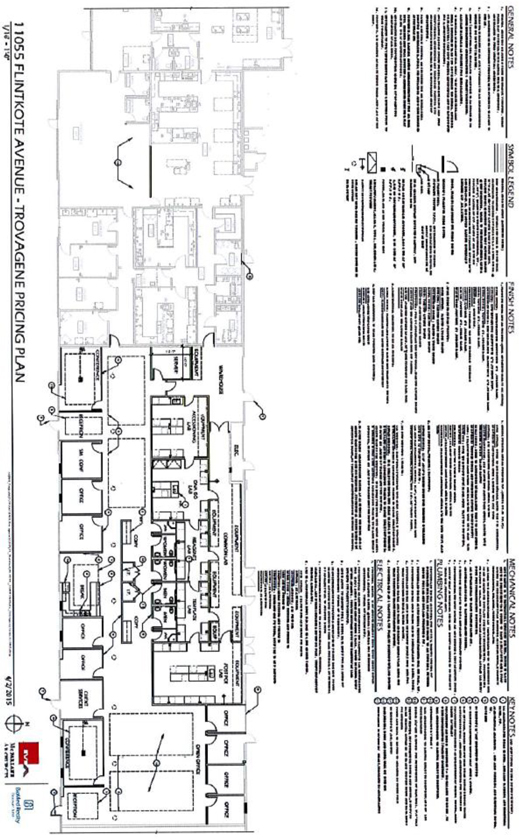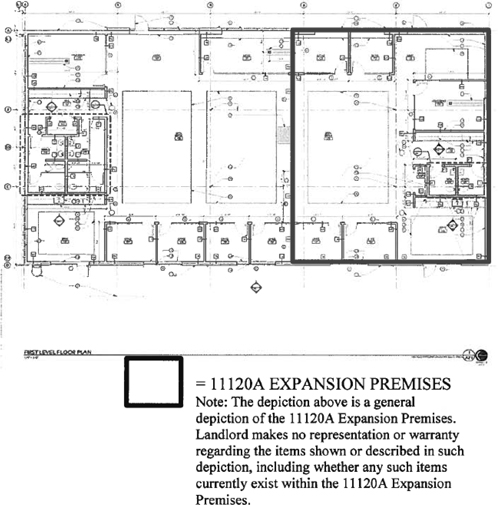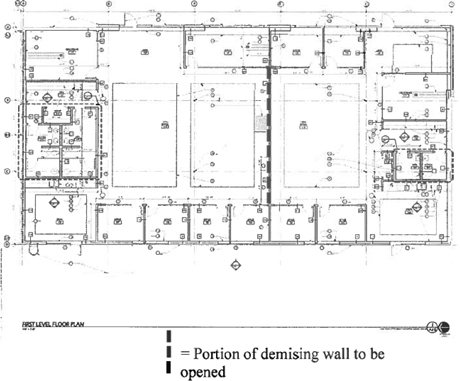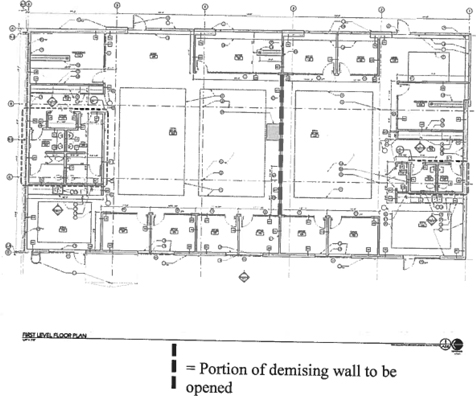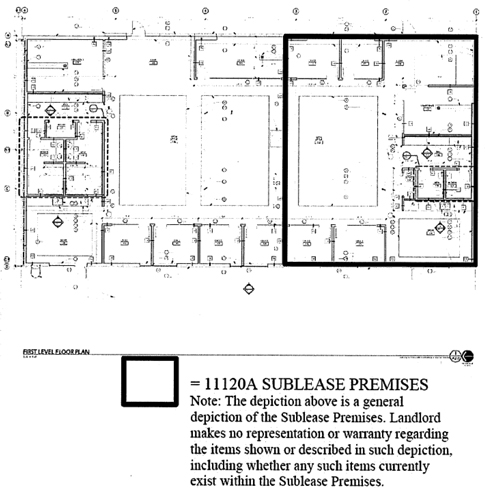12.4 Keys. Tenant shall re-key the Premises at its sole cost upon taking possession thereof. Tenant hereby acknowledges that various persons have had access to the keys to the Premises as keyed prior to Tenant’s possession, and that Landlord disclaims all liability and responsibility for any unauthorized distribution or possession of such prior keys.
13. INDEMNIFICATION
Tenant shall indemnify, protect, hold harmless and defend Landlord and Landlord’s officers, directors, shareholders, partners, members, principals, employees, agents, representatives, and other related entities and individuals, and their respective successors and assigns (collectively, “Landlord’s Related Entities”), from and against any and all claims, actions, damages, liability, costs, and expenses, including attorneys’ fees and costs, arising from personal injury, death, and/or property damage and arising from: (a) Tenants use or occupation of the Premises or any work or activity done or permitted by Tenant in or about the Premises (including without limitation any storage or display of materials or merchandise, or other activity by Tenant in the Common Facilities), (b) any activity, condition or occurrence in the Premises or other area under the control of Tenant, (c) any breach or failure to perform any obligation imposed on Tenant under this Lease, (d) any breach or failure by Tenant to cause the Premises (and any and all other areas of the Center under the control of Tenant or that Tenant is required to maintain) to comply with all Legal Requirements, or (e) any other act or omission of Tenant or its assignees or subtenants or their respective agents, contractors, employees, customers, invitees or licensees. Tenant’s obligation to indemnify, protect, hold harmless and defend shall include, but not be limited to, claims based on duties, obligations, or liabilities imposed on Landlord or Landlord’s Related Entities by statute, ordinance, regulation, or other law, such as claims based on theories of peculiar risk and nondelegable duty, and to any and all other claims based on the negligent act or omission of Landlord or Landlord’s Related Entities. The parties intend that this provision be interpreted as the broadest Type I indemnity provision as defined in McDonald & Kruse, Inc. v. San Jose Steel Co., 29 Cal. App. 3rd 413 (1972), and as allowed by law between a landlord and a tenant. Upon notice from Landlord, Tenant shall, at Tenant’s sole expense and by counsel satisfactory to Landlord, defend any action or proceeding brought against Landlord or Landlord’s Related Entities by reason of any such claim. If Landlord or any of Landlord’s Related Entities is made a party to any litigation commenced by or against Tenant (except litigation commenced by Tenant against Landlord), then Tenant shall indemnify, protect, hold harmless and defend Landlord and Landlord’s Related Entities from and against any and all claims, actions, damages, liability, costs, expenses and attorneys’ fees and costs incurred or paid in connection with such litigation. Tenant, as a material part of the consideration to Landlord hereunder, assumes all risk of, and waives all claims against Landlord for, personal injury or property damage in, upon or about the Premises, from any cause whatsoever. Provided, however, that the indemnifications and waivers of Tenant set forth in this Section shall not apply to damage and liability caused (i) by the gross negligence or willful misconduct of Landlord, and (ii) through no fault of Tenant, its assignees or subtenants, or their respective agents, contractors, employees, customers, invitees or licensees.
14. HAZARDOUS MATERIALS
14.1 Definitions. “Hazardous Materials Laws” means any and all federal, state or local laws, ordinances, rules, decrees, orders, regulations or court decisions relating to hazardous substances, hazardous materials, hazardous waste, toxic substances, environmental conditions on, under or about the Premises, or soil and ground water conditions, including, but not limited to, the Comprehensive Environmental Response, Compensation and Liability Act of 1980, as amended, 42 U.S.C. 9601, et seq., the Resource Conservation and Recovery Act, 42 U.S.C. 6901, et seq., the Hazardous Materials Transportation Act, 49 U.S.C. ‘ 1801, et seq., the California Hazardous Waste Control Act, Cal. Health and Safety Code 25100, et seq., the Carpenter-Presley-Tanner Hazardous Substances Account Act, Cal. Health and Safety Code ‘ 25300, et seq., the Safe Drinking Water and Toxic Enforcement Act, Cal. Health and Safety Code 25249.5, et seq., the Porter-Cologne Water Quality Control Act, Cal. Water Code 13000, et seq., any amendments to the foregoing, and any similar federal, state or local laws, ordinances, rules, decrees, orders or regulations. “Hazardous Materials” means any chemical, compound, material, substance or other matter that: (a) is defined as a hazardous substance, hazardous material, hazardous waste or toxic substance under any Hazardous Materials Law, (b) is controlled or governed by any Hazardous Materials Law or gives rise to any reporting, notice or publication requirements hereunder, or gives rise to any liability, responsibility or duty on the part of Tenant or Landlord with respect to any third person hereunder; or (c) is flammable or explosive material, oil, asbestos, urea formaldehyde, radioactive material, nuclear medicine material, drug, vaccine, bacteria, virus, mold, hazardous waste, toxic substance, or related injurious or potentially injurious material (by itself or in combination with other materials).
12
